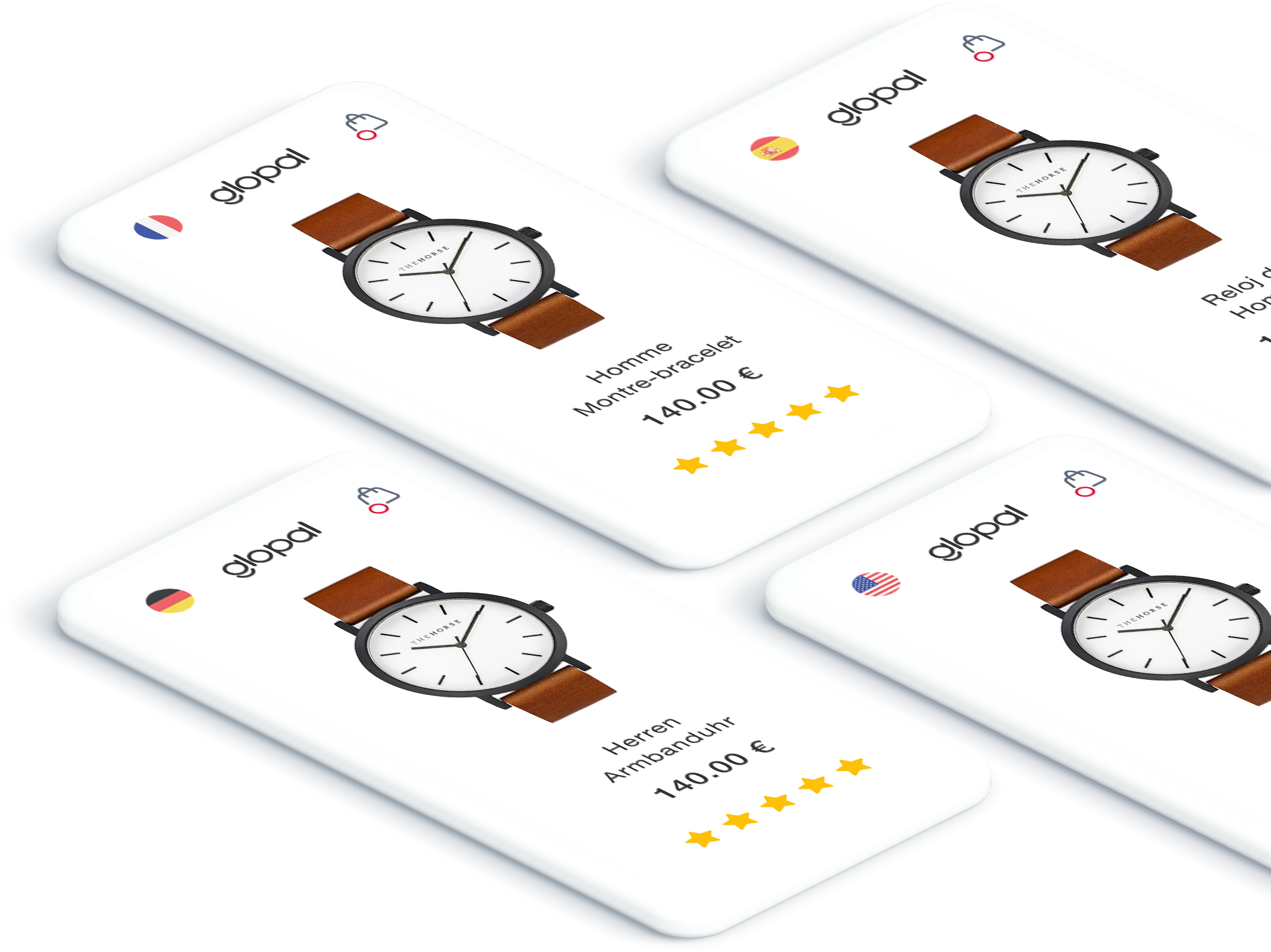Ecommerce facts & tips on selling in Luxembourg
With a population of 590,321, Luxembourg is an emerging consumer market with a growing ecommerce sector.
Top ecommerce sites
The top ecommerce sites in Luxembourg are
wehkamp.nl, bol.com and Zalando. Other top retail sites include Coolblue, H&M, HEMA and thuisbezorgd.nl. It’s worth checking out these popular sites to see which ones might best suit your product in terms of traffic volume, competition and the type of ecommerce buyers that they attract. To learn how to expand in this market,
download our International growth eBook.
Popular products
The top products and categories for Luxembourg ecommerce buyers include
clothes, books and magazines and event tickets. Offering products from these categories may help you establish your presence on Luxembourg ecommerce market and give you a headstart.
Discover your product feed’s international potential.
Payment methods
The top online payment methods in Luxembourg include
credit cards, PayPal and e-wallets. It’s important to provide your (potential) customers with payment methods of their preference, not supporting common payment methods in a given market will immediately exclude a certain proportion of that market. In many cases, if online shoppers can’t find their preferred or trusted methods of payment during checkout, they will abandon the shopping cart entirely.
Your site’s checkout is the most important and most sensitive part of your buying funnel. Optimizing your checkout for your customers, particularly your international ones, will have a
huge impact on your conversion rate. Make sure you provide local payment options, currency conversion and appropriate, cost effective, and timely, local shipping methods.
Mobile commerce
For B2C online purchases particularly, mobile ecommerce now makes up a significant proportion of Luxembourg ecommerce market and within the next 12 months is likely to surpass desktop usage. Ecommerce merchants should bear this in mind when setting up their online stores and product listings. Mobile optimization and a great mobile buying experience is no longer a ‘nice to have’, it must be core to your broader ecommerce strategy.
Digital marketing and SEO
To drive Luxembourg traffic to your website, local marketing & SEO will be essential, however, in order to do this effectively you will need to localize your store for the Luxembourg market. Having a localized version of your store, in Euros and in Luxembourgish, French and German will enable you to have your store indexed in Luxembourg search engines and in order to generate free organic traffic. Another great and highly effective way to generate good quality, qualified traffic, is Google Ads.
To learn more about global traffic growth, download our free international SEO eBook.
Another great and highly effective way to generate good quality, qualified traffic, is Google Ads. Glopal provides a simple & fully managed ecommerce solution that connects your existing Google Shopping product feeds with buyers worldwide, growing your sales instantly. Glopal also handles all components of localization required to use
Google Shopping in Luxembourg. Not sure about your international marketing potential? Use our
free Google Shopping grader.
Shipping
Luxembourg has a sophisticated and efficient ecommerce industry and to compete effectively it is essential that you are able to offer cost effective and timely local shipping options. The easiest way to provide a reliable and secure local shipping service in a new market is often to use an
international parcel forwarding service.
Customs, Tax & Duties
In order to ensure a seamless buying experience and reliable delivery times for Luxembourg buyers it is a good idea to consider calculating and displaying all local taxes and duties up front. This involves assigning relevant HS codes to all your products and then using those to calculate the taxes and duties that need to be applied to a specific product. This is an arduous manual task, but can be automated using
Glopal’s HS Classification tool.
Luxembourg: General Information
Selling in Luxembourg is a great option for growth-minded online merchants. When you launch your store in a new market, there are a number of useful facts and data that you should consider.
There are 548,807 Internet users in Luxembourg and Internet penetration amounts to 95.20%.
Population & language
The total population of Luxembourg is 590,321. The median age is 39.3. The languages spoken in Luxembourg are Luxembourgish, French, German and the currency is Euro. The country code top-level domain is .lu and calling code +352.
The economy
According to the International Monetary Fund, GDP based on purchasing power parity (PPP) is 63,549 (millions of Current Int$) and nominal GDP is 62,393 (US$MM). GDP (PPP) per capita is 109,192 Int$ and GDP (nominal) per capita is 105,803 US$. Real GDP growth rate is 3.90%.
International ecommerce sales potential
Selling in Luxembourg is worth considering for many international ecommerce merchants. It’s a large and active consumer market. If you’re already selling into Luxembourg, you may be happy with your sales figures. However, you may have noticed that your Luxembourg, and your international traffic in general, converts at a much lower conversion rate than your domestic traffic, even in markets that share the same language.
The likely reason for this is that, even if your site and product descriptions are in the same language, you may not have addressed many of the other components of localization, that will impact conversion rate.
A fully localized buying experience should address:
- Ecommerce-optimized translation
- Local marketing & SEO
- Size & Currency conversion
- International payment methods
- Local shipping options
- Tax & duties
- Legal and local compliance
- Local product restrictions
Online retailers used to do a great deal of manual work to expand globally, managing translation manually, matching product categories, attributes, sizes, etc.
Luckily, thanks to the developments in machine learning and Artificial Intelligence (AI), online merchants no longer have to spend time on ecommerce translation & localization when launching their stores abroad.
Machine learning technologies now provide automated translation, extract attributes, convert sizes and map the right category in an accurate, efficient and consistent way. To learn more about our cross border solutions, contact us.
